15 Perfectly Timed Pics That Will Make You Look Twice to them !
You can take a thousand photos, but if you don't capture something at just the right moment, you may never get the exact photo that you want. Sometimes, the perfect timing can make or break a photo, turning it into a hilarious coincidence or a beautiful illusion.
So, Now Lets Have A Look To Gallery !
Photography is the science, art, application and practice of creating durable images by recording light or other electromagnetic radiation, either electronically by means of an image sensor, or chemically by means of a light-sensitive material such as photographic film.
The camera has a long and recognized history as a methods for recording logical marvels from the primary use by Daguerre and Fox-Talbot, for example, galactic occasions (overshadows for instance), little animals and plants when the camera was joined to the eyepiece of magnifying instruments (in photomicroscopy) and for full scale photography of bigger examples. The camera additionally demonstrated helpful in recording wrongdoing scenes and the scenes of mishaps, for example, the Wootton connect fall in 1861. The strategies utilized as a part of examining photos for use in lawful cases are all in all known as scientific photography. Wrongdoing scene photographs are taken from three vantage point. The vantage focuses are review, mid-range, and close-up.
In 1845 Francis Ronalds, the Honorary Director of the Kew Observatory, concocted the main effective camera to make consistent recordings of meteorological and geomagnetic parameters. Diverse machines delivered 12-or 24-hour photographic hints of the moment by-moment varieties of air weight, temperature, moistness, barometrical power, and the three segments of geomagnetic powers. The cameras were provided to various observatories around the globe and some stayed being used until well into the twentieth century. Charles Brooke a little later created comparable instruments for the Greenwich Observatory.
1.
2.
3.
4.
5.
The best way to hone your skills is to practice. A lot. Shoot as much as you can – it doesn’t really matter what. Spend hours and hours behind your camera. As your technical skills improve over time, your ability to harness them to tell stories and should too.
Don’t worry too much about shooting a certain way to begin with. Experiment. Your style – your ‘voice’ – will emerge in time. And it will be more authentic when it does. — Leah Robertson
6.
7.
8.
9.
10.
Typically, a lens is used to focus the light reflected or emitted from objects into a real image on the light-sensitive surface inside a camera during a timed exposure. With an electronic image sensor, this produces an electrical charge at each pixel, which is electronically processed and stored in a digital image file for subsequent display or processing. The result with photographic emulsion is an invisible latent image, which is later chemically "developed" into a visible image, either negative or positive depending on the purpose of the photographic material and the method of processing. A negative image on film is traditionally used to photographically create a positive image on a paper base, known as a print, either by using an enlarger or by contact printing.
Photography is employed in many fields of science, manufacturing (e.g., photolithography), and business, as well as its more direct uses for art, film and video production, recreational purposes, hobby, and mass communication.

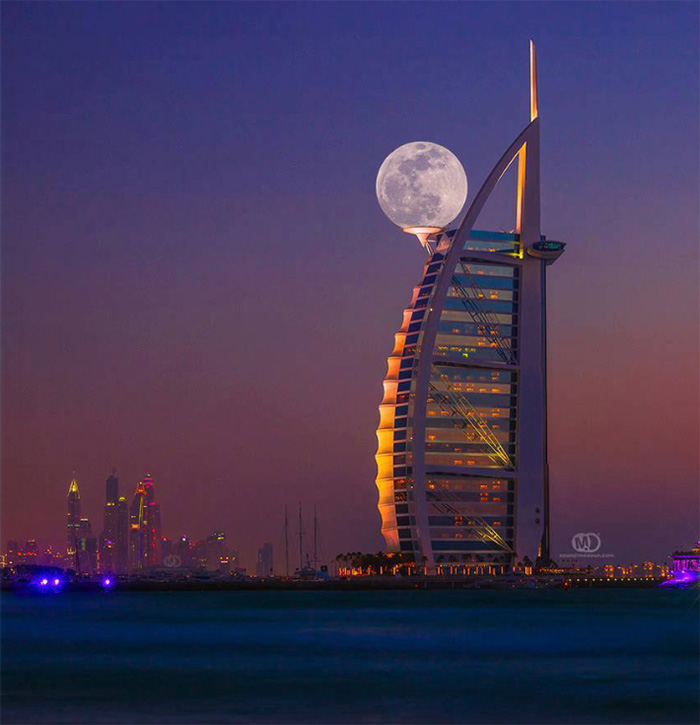
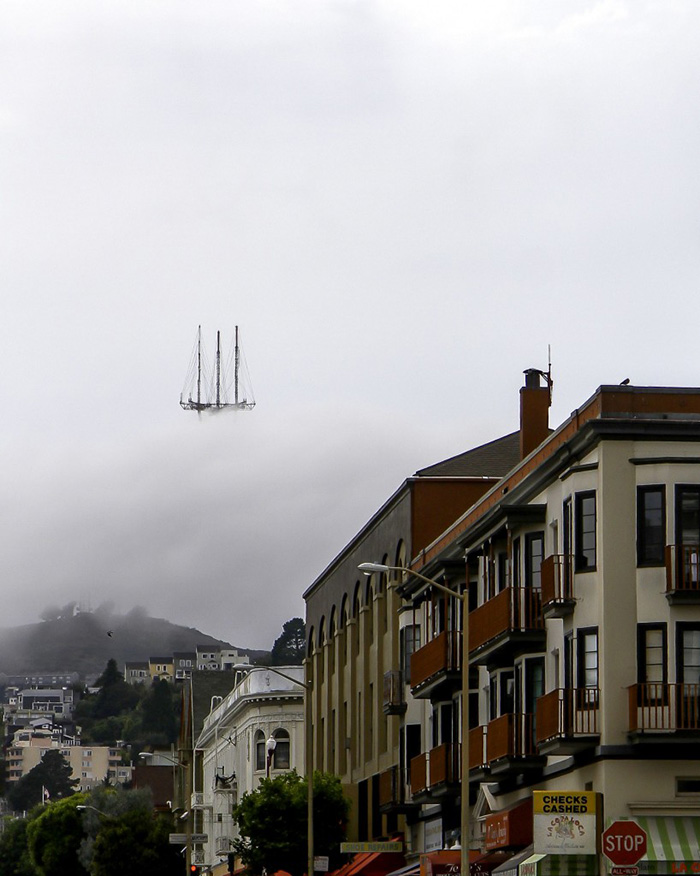
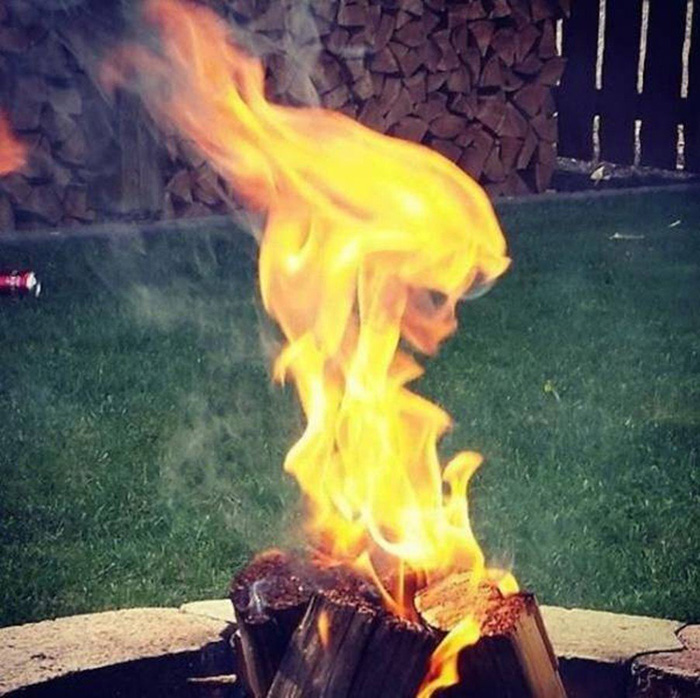
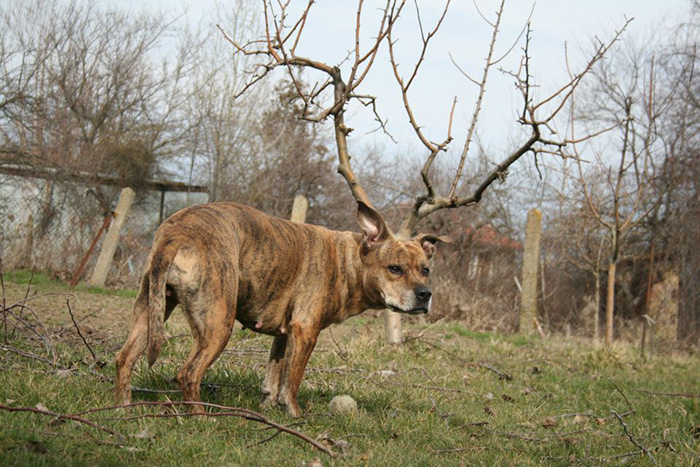

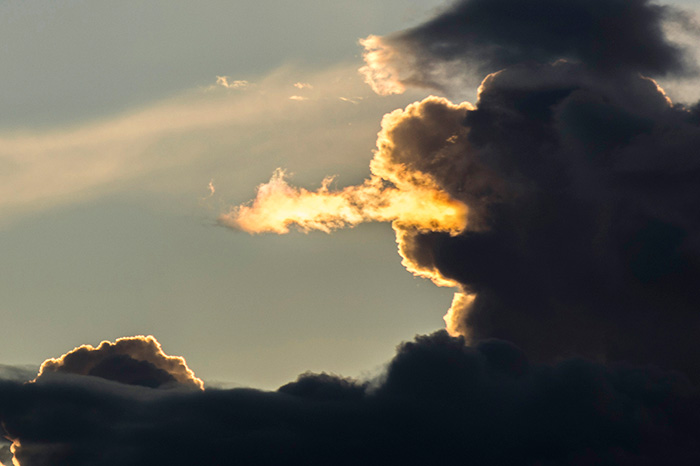
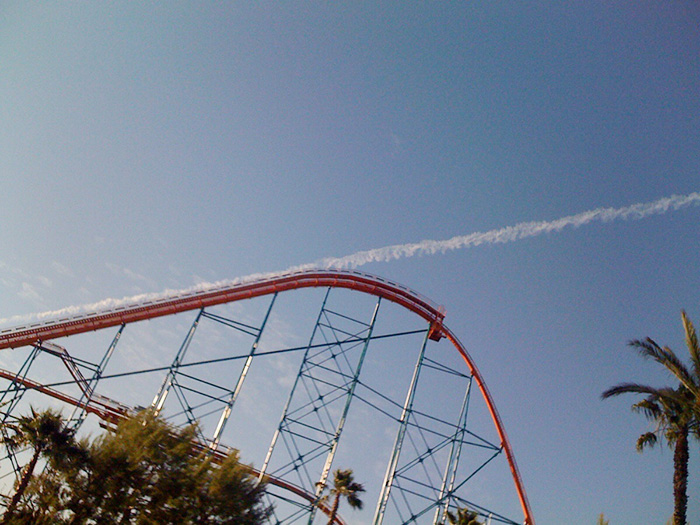
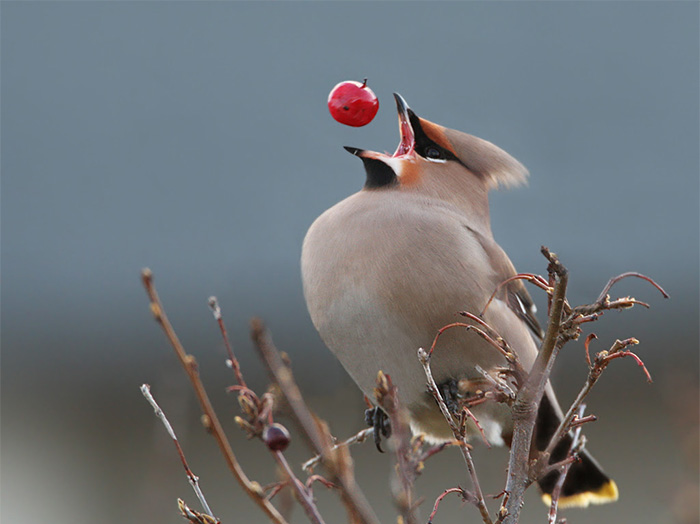
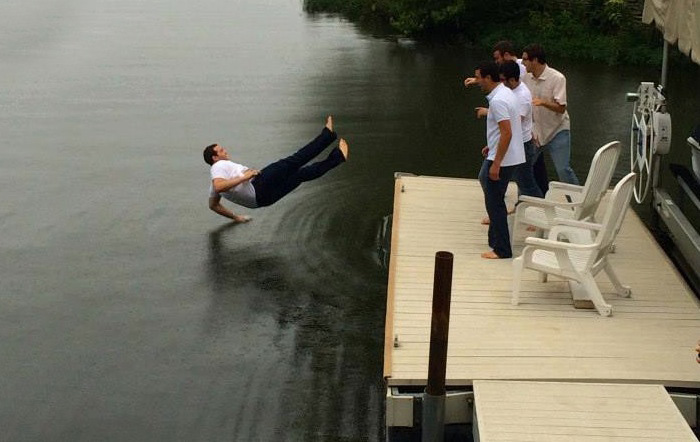
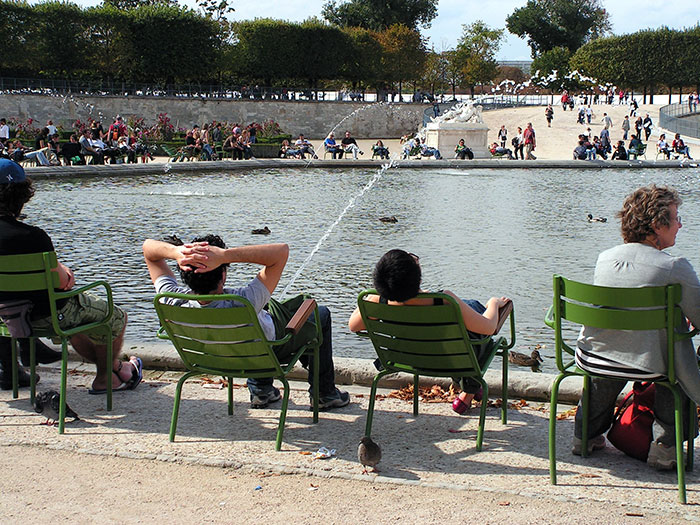
Comments
Post a Comment